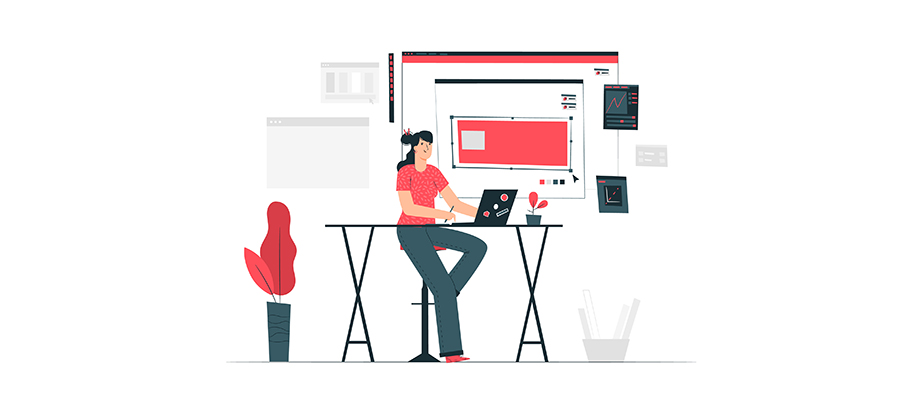6 Web Design Tips and Tricks Everyone Should Know
When it comes to web design, there are plenty of tried-and-true tips and tricks that you can use to create an eye-catching website that keeps your users engaged and clicking. But there are also some lesser-known techniques that make all the difference between a good site and one that truly shines. This post will show you six web design tips and tricks that will help you create an outstanding site experience for your users, whether they’re browsing on desktop or mobile devices.
6 Tips and Tricks Everyone Should Know
1) Website Optimization
Website optimization is a big deal. Optimising your site to rank in search engines will get people to see your site, without having to pay for advertising. There are a number of factors that affect how you rank on search engines, but the two most important are getting backlinks and optimising the title tags. You can also optimise your images by using keywords in the file name and adding captions with those keywords. You just have to know which keywords are essential for your platform, so if you are selling a guide to Iceland then you should try ranking for Iceland travel and related terms.
2) Speed Up WordPress with a CDN
When you have a lot of traffic on your WordPress site, the number of requests per second can sometimes exceed what your server can handle. When that happens, you need to speed things up by caching content in a Content Delivery Network (CDN). A CDN is a network of servers that distribute files from one location to another. So when visitors go to your site, they download the file from one of the servers in the CDN network instead of downloading it directly from your server.
3) Optimise Images Before Uploading Them
Optimising your images is the perfect way to ensure they are as fast as possible on your site. First, be sure that you’re using a good image editing tool like Photoshop or GIMP. Second, make sure that you’ve set the right dimensions for both the width and height of your image. Third, use PNG over JPG files when possible because PNGs have a compression method that can reduce file sizes without sacrificing quality. Fourth, save your images in 8-bit colour mode (256 colours) to reduce file size. Fifth, always use the Save for Web option in Photoshop to convert your JPGs into smaller GIFs or PNGs since this will automatically remove unnecessary metadata from an image file which will also help reduce file size.
4) Check Your Mobile Usability
We live in a world where mobile is king. According to Statista, there are currently over 2 billion smartphone users worldwide and this number is only growing. While desktop browsing is still important, it’s not as important as it used to be. In order to compete in today’s market, you need a website that works well on both desktop and mobile devices. Thankfully, there are some easy fixes for making your site work well on all devices. Keep your design simple by minimising graphics and distractions. Use sans serif fonts for text to make the content more readable on smaller screens such as smartphones or tablets. Optimise the content of your site so that it loads faster by removing excess images or videos that aren’t essential to your branding message.
5) Try Out SSL Certificates for Security Reasons
There are many benefits to using a paid service that includes hosting, design, and other features. For one thing, you’ll likely have more control over the appearance of your site with a paid service. In addition, many companies offer custom designs if you purchase their package, so it might be worth investing in something that looks professional from the get-go. But more than anything you can get an SSL certificate which can seriously increase your credibility.
6) When Starting a Blog, Don’tUse Free Platforms
When starting a blog, the absolute worst thing you can do is use free platforms like WordPress or Tumblr. These services will limit your bandwidth, which means your website won’t be able to load fast enough for visitors. Plus, they won’t provide you with any analytics data that’ll help you understand what content is bringing in traffic. You’re better off finding a web hosting company (like HostGator) and purchasing a domain name to have your own website. It’s just a small investment if you are really willing to put in the work.

